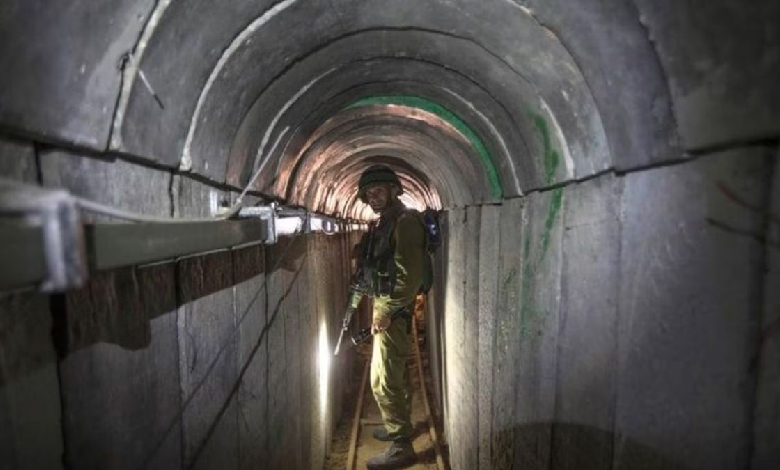On Tuesday, the Wall Street Journal said the Israel Defence Forces had started pumping seawater into Hamas’ underground tunnel system. On Thursday, The Times of Israel noted that the IDF’s reported attempt has been a success.
IDF spokesperson Rear Adm. Daniel Hagari addressed in a conference on Thursday concerns over the tactic potentially harming the hostages – reportedly being held in the tunnels. He noted the army has intel on the hostage’s location and won’t take steps that endanger them.
Efforts To Flood “Gaza Metro” Reminder Of Vietnam War
Hamas has put the length of the “Gaza metro” at about 500 km, compared to other estimates putting the length at roughly 250 km. Nonetheless, it isn’t the first time the tunnels have been partly flooded. Egypt is known to have used the tactic in 2015 to counter smuggling.
More than half a century ago, the brutal Vietnam War involved a notable struggle by the US and allies against tunnel complexes spanning hundreds of kilometres used by Viet Cong fighters. Efforts involved pumping tunnels with explosive gas and tear gas, and flooding them.
The Tunnel Rats, or specialist volunteers, used to go alone underground on deadly missions armed with a pistol and a torch. Today, Israel has Yahalom, the equivalent of the US Army Corps of Engineers. A subunit of the Yahalom is the Samur – their own Tunnel Rats.
Israel Has Some Options Unavailable To US In Vietnam
The US effort in Vietnam took a couple of years, suggesting Israel’s efforts against Hamas tunnels – potentially sturdier and deeper underground – might not end soon. Tunnel warfare involves darkness and the threat of booby traps, minimising advantages for attackers.
Read More: Iran Lifts Visa Requirements To Combat The Phenomenon Of ‘Iranophobia’
But the Israel Defence Forces has some options unavailable to the US in Vietnam, including armed drones such as the Lanius, that coordinates with a ground report. But it remains unclear if such systems are capable of covering kilometres of tunnels.


















